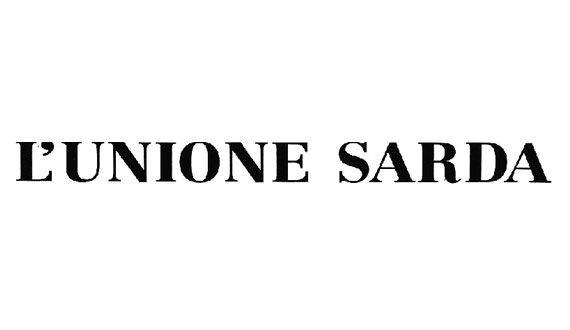![]() 2000 June 01 Thursday
2000 June 01 Thursday
Joy and darkness of the sacred.
It must have been the spirit of the Jubilee to blow in the gallery devoted soul Peppino Floris the idea of gathering the signs of sacred art. Eloquent signs and one of the most important Sardinian painting, with some vertex of sculptural representation. What can be seen from Saturday in two rooms of the "Gallery 13", in via XXVIII Febbraio a Cagliari, è un concentrato della forza arcana che l’esercizio artistico isolano rivela un po’ in tutte le epoche, through current, shapes and different suggestions but emotionally common. La rassegna è tutt’altro che completa (it takes more), ma sufficiente per comprendere quanto sia profonda la spiritualità nell’arte e quanto inafferrabile il concetto di sacralità: especially if moved from within to the outside through the optical filter. Che è comunque filtro di animo artistico. The expression of a Biasi is obviously not that of a Sassu, ma viste l’una accanto all’altra manifestano l’umana mistica che tutti accomuna: each work is linked to the exceptional, al meraviglioso, to godliness, ancestral fear of the event not covered nell'esistenziale. Ecstatic experience, exasperation almost pathological, emblematic need, intellectual exercise, ethical motivation. La definizione non può che essere approssimativa quando la sacra fames deve confrontarsi con la sua pretesa morfologia.
Thus the perception of the artist can show wonderful or horrible in the eyes of those who must implement, realizing itself in an ambiguity that defies reason. Beyond the reflections which the exhibition leads, non resta che richiamare a una pacata visita in galleria. Lining up here just names and intent. Vi sono opere finite e vi sono studi e bozzetti di opere altrimenti realizzate, many of which, however, notes, distributed among the churches of Sardinia. The series is undoubtedly the rarest date of ten portraits of popes: Sassu them realized, with ten other, a pastello intelato perché si trasformassero poi in quel grande mosaico che nobilita la chiesa cagliaritana del Carmine. I medaglioni con i volti dei pontefici sono del 1966, in size almost natural. Sketches (a olio) di opere importanti sono anche quelli di Antonio Mura (reviewing finite in size and shape to Bonaria, San Paolo, a Santa Rosalia in Cagliari, Seminary of Oristano and other places of worship). That of Giuseppe Biasi (a
small procession of Ephisius). And those of Salvatore Fara (Vincentians of Sassari, Madonna della Mercede ad Alghero), which impresses a Nativity '66. And Vittorio Calvi (Church of St. Ursula in Sassari) e di Antonio Corriga (Deposition of a shovel 40 meters in the St. John's parish in Fonni) e di Antonio Ruju (face of Christ, particular work kept in Lula). The finished paintings are by Filippo Figari (una splendida Deposizione, oil 1947), di Bernardino Palazzi (Study for St. John praying , held in Rome in
’61), Pietro Antonio Manca (three oils exceptionally attractive), of Bussu (Golgotha), at Masu (due grandi oli che rappresentano la salita al Calvario), di San Nicola (sacral Tribute to Raphael, spatola). E naturalmente alcune processioni di Corriga, next to a beautiful dramatic mournful procession of Valerio Pisano. Di Antonio Mura sono da osservare con attenzione tre xilografie, così da confrontarle con il Cristo deriso alla colonna che il maestro dell’incisione xilografica Mario Delitala realizzò nel 1928. Antonio Pala è presente con una Madonna delle Grazie, big oil that competes with its "double" as a skilled sculptor: un bassorilievo di gesso una maternità scolpita nel legno e un massiccio Cristo ligneo collocato per l’occasione all’ingresso della mostra. And
Gavino here Tilocca, that fits with three bas-reliefs: Adam and Eve bronze and silver, le Pie donne in ceramica, a Golgotha bronzeo. It may be that something has escaped. Ma ce n’è abbastanza per un’indagine sulle ierofanie dei nostri artisti di ieri e di oggi. Manca soltanto un melodico canto d’organo che accompagni le nostre reazioni di profani dinanzi alla rappresentazione del sacro.
Mauro Manunza
